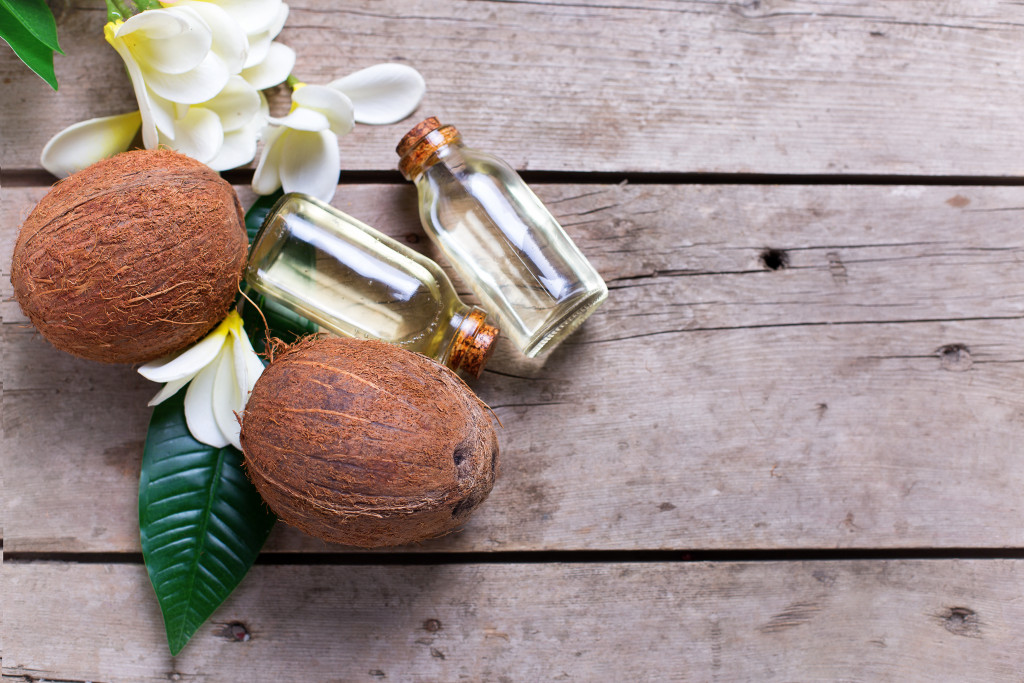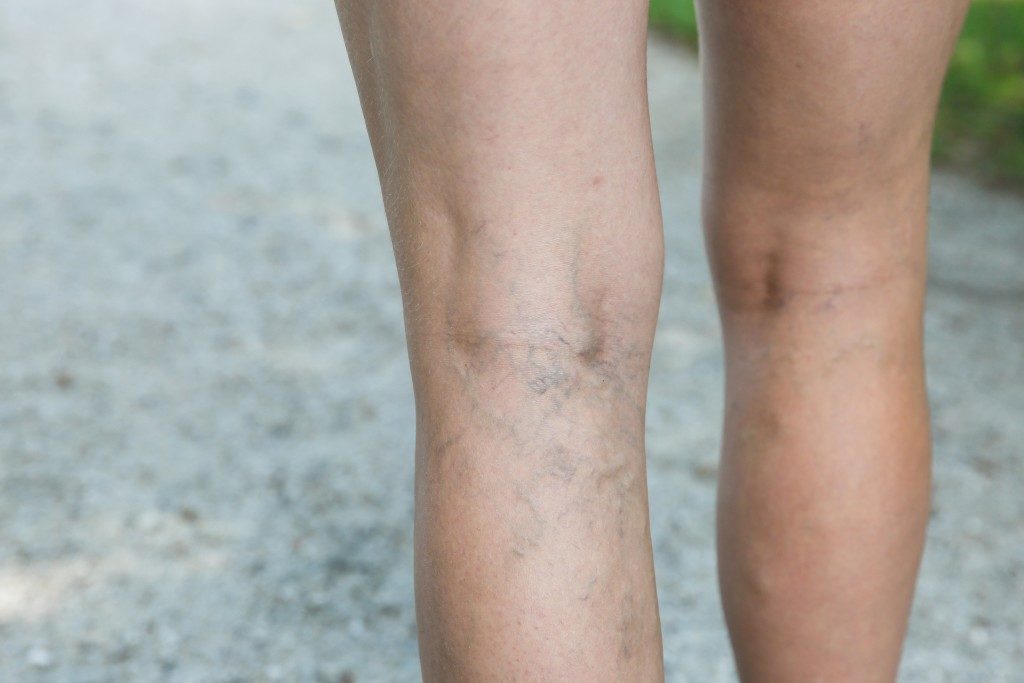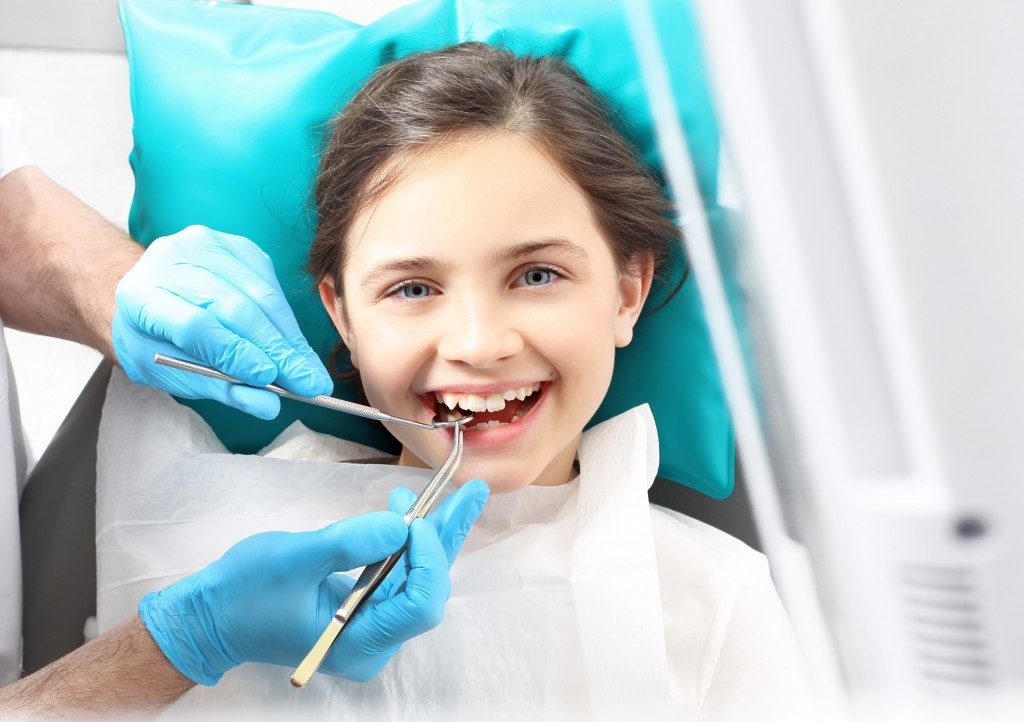- Moisturize regularly with natural oils such as coconut, olive, and argan oil or shea butter.
- Try to avoid using chemical products or those containing sulfates, alcohols, parabens, and silicones.
- Opt for loose hairstyles like twist-outs and afros instead of tight braids or styles.
- Invest in soft, gentle hair accessories like silk ties, wide-tooth combs, and soft brushes.
- Encourage your child to maintain a healthy diet with plenty of omega-3 fatty acids, fruits, and vegetables and stay hydrated.
Hair breakage in children can be frustrating and challenging to deal with. Whether your child is dealing with naturally curly or just fine hair, breakage can cause discomfort and detract from their overall appearance. While breakage can happen to anyone regardless of age or hair type, it is essential to take the necessary steps to prevent and repair hair breakage in children, as this can lead to further damage that is harder to reverse. This article will explore helpful tips on how to deal with hair breakage in children.
1. Moisturize Your Child’s Hair Regularly
One of the most common reasons children’s hair breaks easily is dryness. Therefore, it is vital to ensure your child’s hair stays moisturized. Curly and kinky hair textures tend to be dryer than other hair types and require more frequent moisturizing. You can use natural oils like coconut, olive, and shea butter to moisturize your child’s hair. Moisture-rich ingredients can be found in popular hair care products for children.
Some people also swear by argan oil. There are many argan oil benefits for hair, such as providing lasting hydration and sealing in moisture. These oils can help children’s hair stay healthy and prevent breakage. Use these products sparingly, as too much can leave hair weighed down and greasy.

2. Avoid Overuse of Chemical Products
Hair products made for adults can be harsh on children’s hair. Children’s hair cuticles are vulnerable and prone to damage, so avoiding exposure to chemical products for extended periods is essential. Always look at the label and avoid the following ingredients:
a. Sulfates
Sulfates are potent detergents that strip the natural oils from your child’s hair, leaving it dry and prone to breakage. They also come in shampoos, body washes, and other hair products.
b. Alcohols
The drying effect of alcohol products can be highly damaging to the scalp and hair. Look for products that contain natural oils instead.
c. Parabens
Parabens are preservatives used in many hair products and can harm the scalp. Natural alternatives such as witch hazel should be used instead.
d. Silicones
Many people use silicone-based products to give hair a glossy, smooth finish. However, this can lead to build-up and breakage over time. It can also make it difficult for the scalp to absorb nutrients and moisture.
3. Avoid Tight Braids and Hairstyles
Protective hairstyles such as cornrows and braids can be a great way to protect your child’s hair, but if done too tightly, they can cause hair breakage. Tight hairstyles can pull and strain hair follicles, causing the hair’s roots to weaken, leading to hair loss in the long run. Loose and free-flowing hairstyles like twist-outs, wash-and-go, and afros can be done without excessive tightness and are excellent alternatives to protective hairstyles.
You should also make sure to take breaks between hairstyles. Hair needs time to rest and heal before it is styled again for breakage from tight braids and hairstyles to be avoided. If your child’s hair is naturally curly or kinky, opt for hairstyles, such as low ponytails, buns, or French braids, that will not cause too much tension on the scalp and hair.

4. Invest in Soft and Gentle Hair Accessories
The type of accessories you use to style your child’s hair is crucial. Harsh and abrasive accessories like brushes, too-tight hair ties, and elastic bands can cause unnecessary pressure and damage delicate hair. Invest in gentle accessories like silk hair ties, soft brushes, and wide-tooth combs to prevent hair breakage. These accessories are specifically designed to help detangle hair without causing any damage.
5. Maintain a Healthy Diet
Like every other body part, hair needs nutrients to grow; the same goes for children’s hair. A proper diet that includes vegetables, fruits, and protein can help prevent hair breakage. Foods rich in omega-3 fatty acids, like avocados, salmon, nuts, and seeds, strengthen hair follicles and prevent breakage. Ensure your child drinks enough water to keep their hair hydrated.
Hair breakage in children can be challenging and frustrating, but it doesn’t have to be. By incorporating the tips listed above, you can ensure your child’s hair remains healthy and strong. Remember that hair breakage may take time to grow back, so it’s best to prevent it in the first place if possible. Regularly moisturizing, avoiding harsh products and tight hairstyles, using gentle accessories, and maintaining a healthy diet are all essential steps to keep your child’s hair healthy and avoid breakage.




